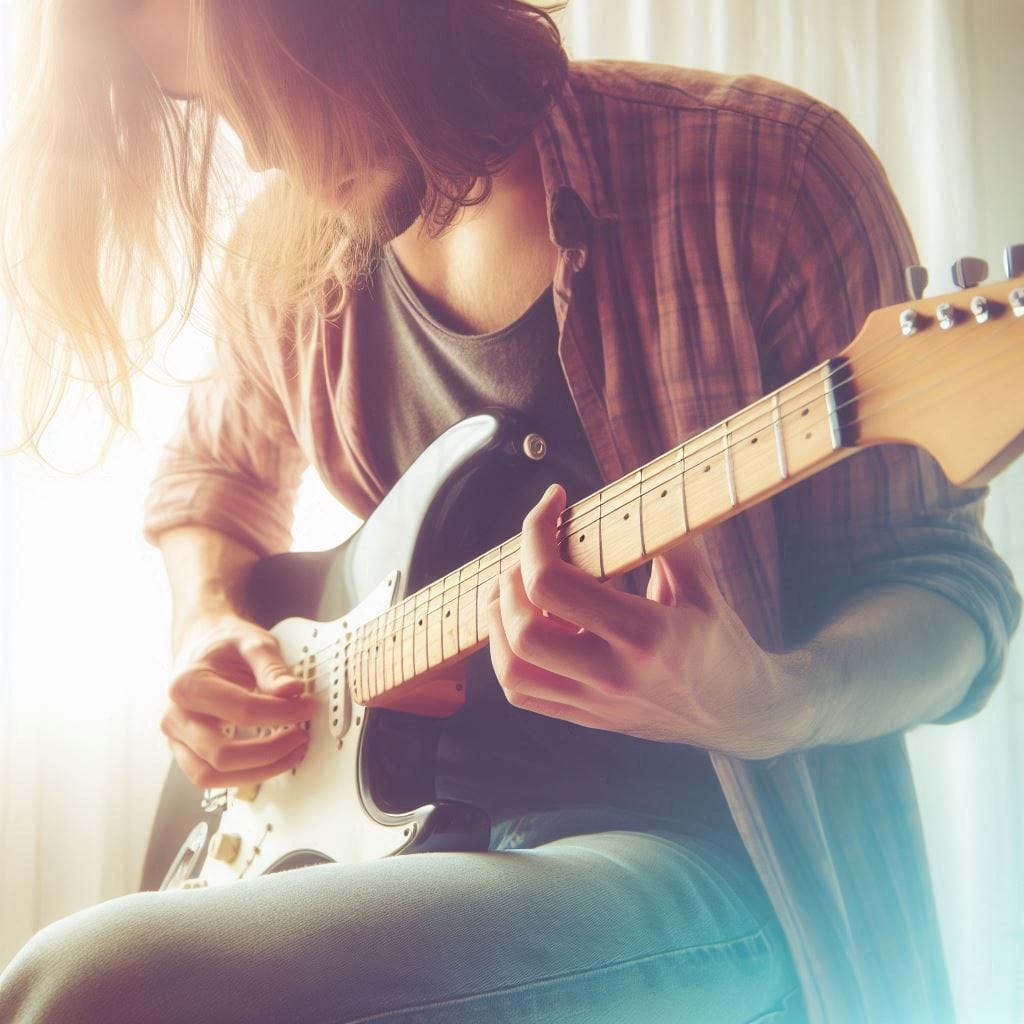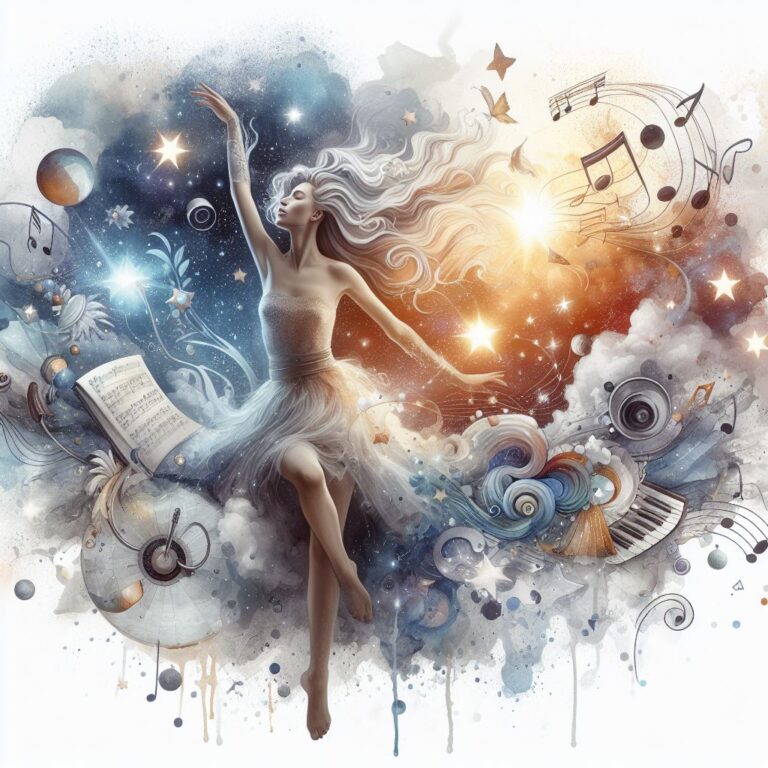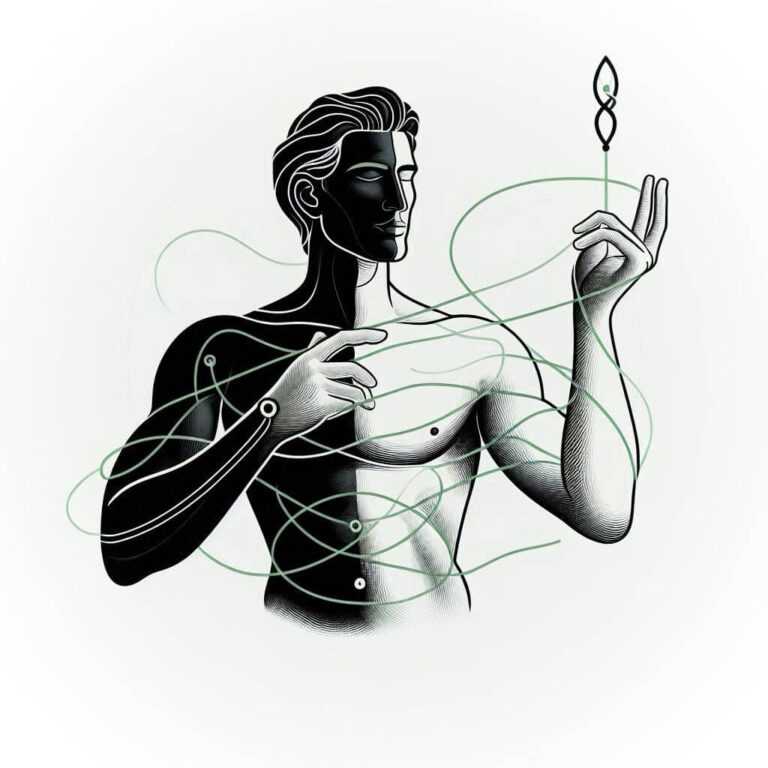There are moments when everything aligns—when movements are executed in the perfect rhythm with effortlessness. The creative flow is the result of a few key elements coming together, and we can facilitate it by understanding the forces at play. Let’s take a look at five central components of creativity.
Component 1: Intuition as a Creative Force
Intuition is a compass. When we trust it—without analyzing or hesitating—we access wisdom beyond our conscious logic. It is the instinct that guides the hands of an artist, or the body of a dancer, before the mind catches up. Intuition moves faster than thought—by the time we analyze it, the moment is gone. So, our role is to respond with openness to impulses – to say yes and act before doubt interferes.
Component 2: Flow vs. Perfectionism: A Delicate Balance
The mind can either open the door to creativity or block it. We care about quality, but perfectionism can hold us back. Think about dance, music, writing, or any creative pursuit: when you focus too much on getting everything right, you lose the feeling. But when you’ve practiced enough to trust your body, your voice, or your tools, creativity flows. Skill gives you freedom, and freedom brings magic.
Component 3: Active and Passive Listening
Creativity thrives on how we listen: both actively and passively.
- Active listening means being fully present, absorbing details, and responding intuitively. A musician who deeply hears the nuances of a melody, a dancer who feels the rhythm beyond just counting beats—this is where creativity sharpens.
- Passive listening lets inspiration sink in without conscious effort. Background sounds, distant conversations, or nature’s subtle rhythms feed the subconscious, sparking ideas when we least expect them.
Both forms of listening play a role. Active listening refines skill and deepens engagement, while passive listening keeps creativity open and flowing. When we tune in, we expand our creative possibilities.

Component 4: Harmonious Surroundings
Creativity needs space to breathe. The places where we feel safe and free—where our senses awaken—nurture creative abundance. True beauty isn’t decoration—it’s resonance. When we are in harmony with our surroundings, ideas come effortlessly.
Component 5: Creativity Flows in a Rhythm
Creativity moves like a tide—it rises and falls, expands and contracts. Pushing too hard can drain it. Rest, silence, and space between ideas are just as important as action. These pauses allow our minds to reset and invite fresh perspectives.
Letting the Components of Creativity Align
When these components of creativity come into harmony, the right ideas, people, and opportunities effortlessly find us. Creativity flows when we’re in sync with ourselves. At our core, we are all creators, and our journey is about stepping into the energy where everything naturally falls into place.



